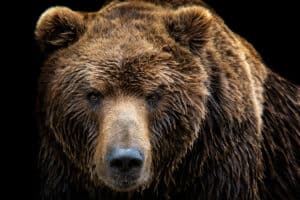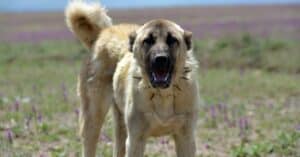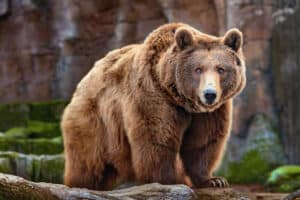American black bears, Ursus americanus, range across North America. They are the most widely distributed bears on the continent and the ones most likely to be seen in the wild across most of the United States. They inhabit wilderness areas and areas close to human populations. These bears range from about 120 to 300 pounds or more when fully grown, although some males can grow much larger.
It can be difficult for even experienced hunters or wildlife observers to tell the difference between males and females of this species when they are spotted alone. Size is hard to determine without something nearby to use for scale. The shape and weight of a bear can change dramatically depending on the season. To complicate things further, immature male black bears look remarkably similar to females. Would you be able to tell whether a black bear was a male or female just by watching it? Here are eight key differences between male and female black bears that might help you make a determination.
Comparing Male vs. Female American Black Bears
| Male | Female | |
|---|---|---|
| Average Size | 250 to 300 pounds or more | 120 to 200 pounds |
| Shape | Blocky, heavy shoulders, thick legs and neck | Confident; wide-ranging |
| Face and Ears | Round face; ears splayed to the side of the head | Long, slender face; ears toward top of head |
| Tracks | 4.5 inches across or more | Less than 4.5 inches across |
| Reproductive Organs | Penis between and in front of hind legs | Vulva swollen and sometimes visible during estrus |
| Urination | Urinates down and to the front | Urinates to the back |
| Relation to Other Bears | Solitary except when mating | Keeps close to cubs/yearlings |
| Foraging Behavior | Vulva is swollen and sometimes visible during estrus | Cautious; stays closer to den |
Size
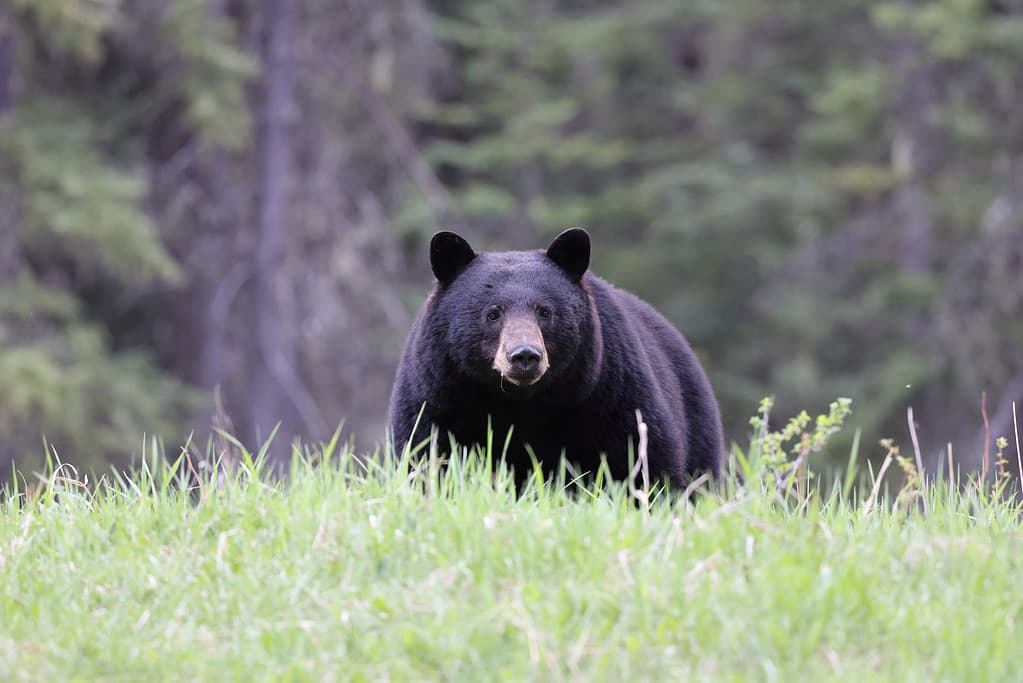
The American black bear (
Ursus americanus) is the smallest of the North American bears.
©Frank Fichtmüller/iStock via Getty Images
Black bears vary in size somewhat, based on factors such as their subspecies and where they live. For instance, female black bears in Virginia average approximately 120 to 200 pounds, while in Wyoming females average about 130 to 150 pounds. Of course, some individuals can grow considerably larger than the average size, but those bears are unusual. Male black bears average about 250 to 300 pounds, though some individuals get much larger. Generally, any black bear over 300 pounds would most likely be a male.
Shape
Female black bears have a smaller, narrower, leaner shape than males. Adult females usually have almost a pear shape, with narrow shoulders and wider hips. They have thinner legs, particularly near the ankles. They also have thinner necks than males. Adult male black bears have a blocky shape as compared to female bears. They have wide necks and wide, strong shoulders. Their legs also appear thicker and more substantial than females.
Face and Ears
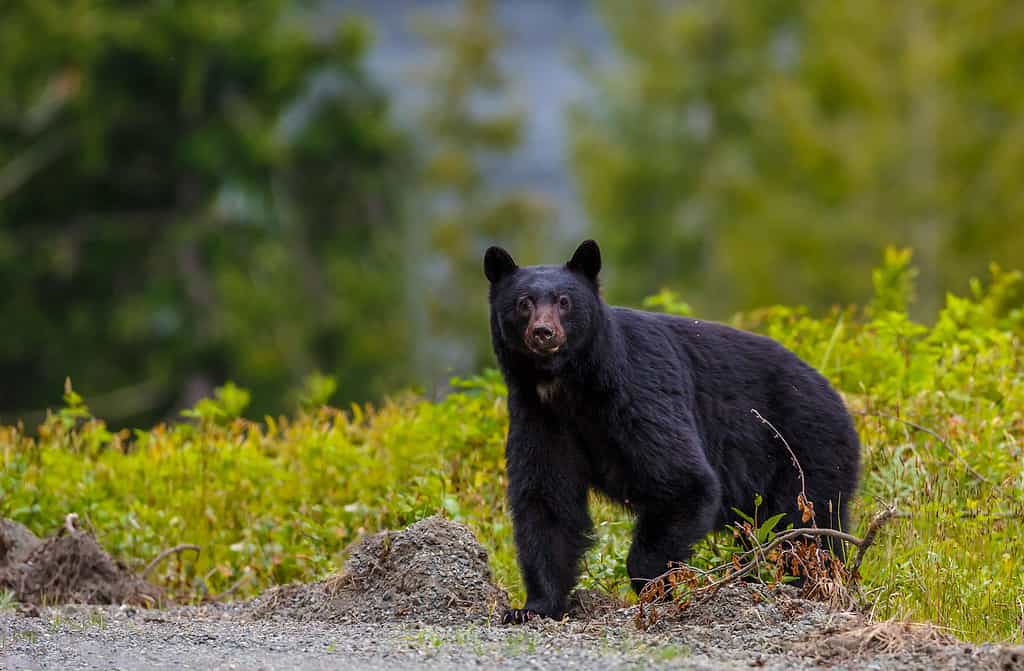
A black bear with a slender face and more upright ears may be a female or an immature male.
©Menno Schaefer/Shutterstock.com
An adult female black bear has a longer, more slender face than a male. The angle from her nose to her ears is more acute, while the same angle on an adult male is nearly equilateral. Female black bears have longer ears than males, and they stand more on top of the head. Adult male black bears have wide-set ears that splay to the sides and appear shorter than those of female bears. Immature males have heads and ears that more closely resemble females.
Tracks
The tracks of an adult black bear can give a good indication of the bear’s sex. The front paw track, measured side to side across the paw pad, should be at least 4.5 inches wide if the black bear is a male. The track should measure less than 4.5 inches if the paw belongs to a female black bear. Immature male tracks often measure less than 4.5 inches as well, though. If you find more than one set of tracks together, both measuring less than 4.5 inches, they likely belong to a mother and her offspring.
Reproductive Organs
Male and female black bears have different reproductive organs, though they may not be easy for an observer to see at a distance. The male black bear has reproductive organs underneath his body, between and in front of the hind legs. During estrus, a female black bear’s vulva may swell and become easily visible from a distance, especially if using binoculars or a camera with a zoom lens. Nursing females may also have visibly enlarged teats while nursing cubs.
Urination
Black bears urinate differently depending on the sex of the individual. Female black bears urinate toward the back. Male black bears urinate down and toward the front. Their penis is situated in front of their hind legs, aiming forward. If you spot a black bear urinating, you can easily tell whether it is male or female.
Relation to Other Bears
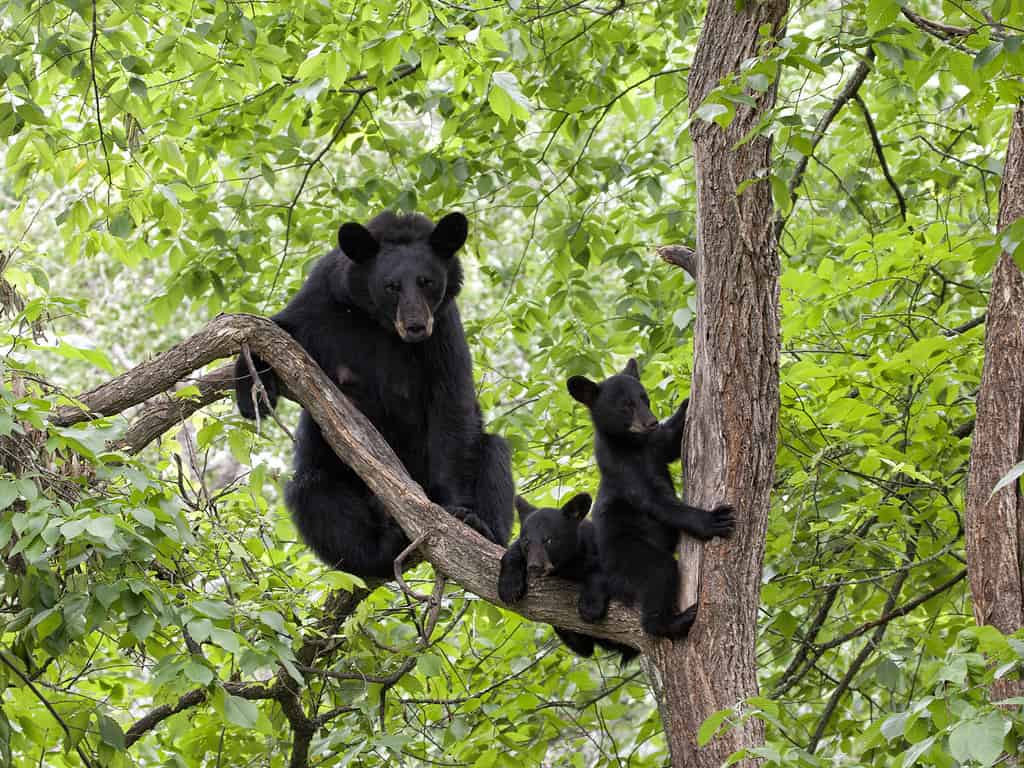
Black bear mothers keep their cubs close for 16 to 17 months after they are born.
©dssimages/iStock via Getty Images
Two or more black bears traveling together most likely include a mother bear and her cub or a yearling offspring. Mother bears keep their cubs close for about 16 to 17 months after they give birth. The tracks of the mother and cub can be seen together, as they travel close to one another wherever they go. Adult male black bears, however, lead solitary lives. The only time they spend significant time with another bear is during mating season. Even then, the relationship is brief as both male and female black bears are promiscuous.
Foraging Behavior
Adult female black bears tend to be more cautious than male bears. This holds especially true if the female has one or more cubs. Females approaching food sources usually take their time and try to make sure the situation is safe. Young bears usually move in with confidence, sometimes behaving recklessly. Older, adult male bears approach confidently but usually much more slowly than young bears or cubs.
Male black bears usually emerge from hibernation earlier in the spring than female bears. They also tend to wander farther from their dens when searching for food. Females emerge later and stick closer to their dens, especially if they have cubs in tow.
Both sexes tend to forage aggressively in the fall and put on weight leading up to hibernation. They also spend more daylight hours openly foraging. Females, which usually appear thinner than males, can get much more rounded as they prepare to enter their dens. Male vs. female black bears can be much more difficult to tell apart during this period.
The photo featured at the top of this post is © Frank Fichtmüller/iStock via Getty Images
Thank you for reading! Have some feedback for us? Contact the AZ Animals editorial team.




